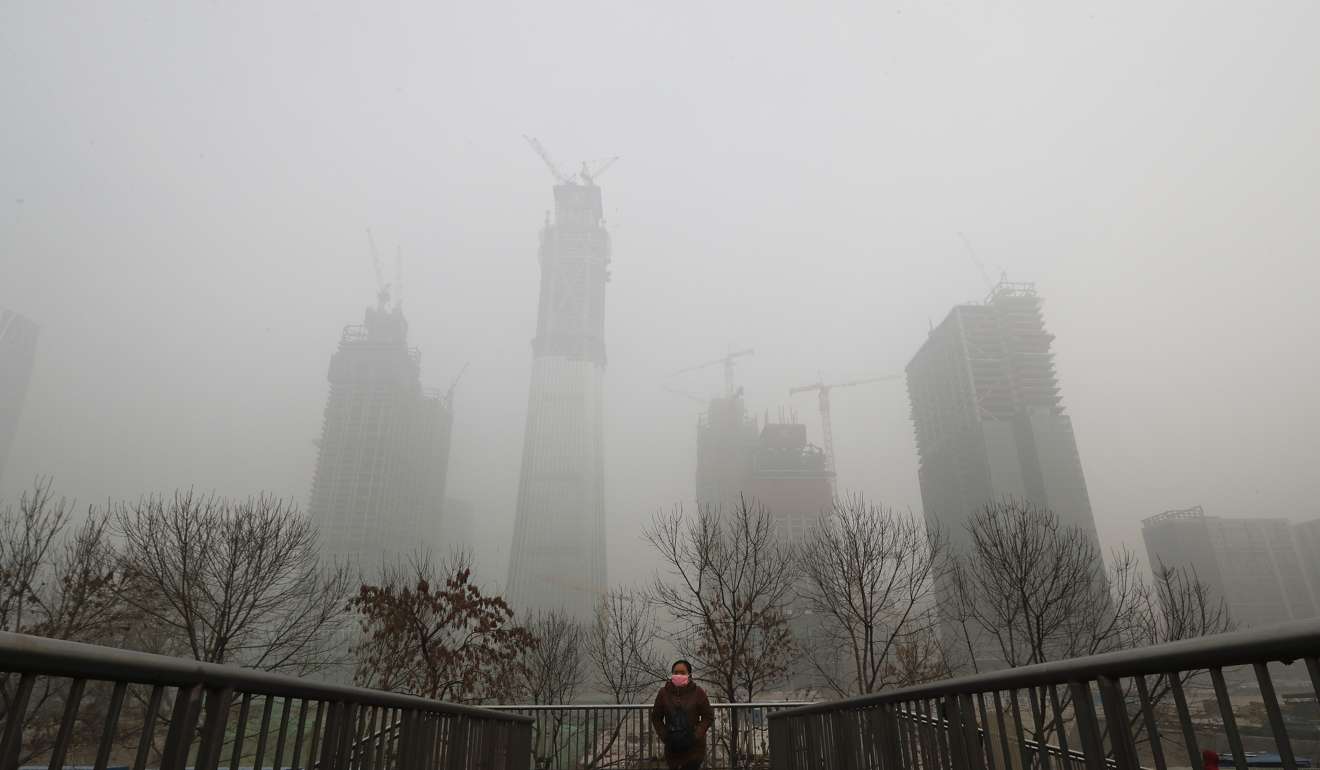
Thousands of polluters in northern China fake emissions data, resist checks
Government inspections show huge range of abuses as the authorities attempt to tackle the region’s chronic air pollution
Thousands of polluters have faked emissions data and resisted checks from environmental inspectors, the environment ministry said on Friday, summarising its efforts to tackle the relentless smog in the north of the country.
Many local governments still “don’t act, or act blindly” to clean up air pollution, the Ministry of Environmental Protection said a statement on its website.
In one example, the local government in Shijiazhuang, Hebei province, had encouraged the installation of environmentally unfriendly new coal furnaces.
The ministry sent 260 inspectors in 18 teams to 8,500 polluters in the north of the country, most of them factories, mines and heating energy providers.
The inspections were in 18 of the most polluted cities in the country, including Beijing, Tianjin and Shijiazhuang from February 15 to March 18.
The problems exposed by the ministry show the obstacles Beijing faces in cleaning up the nation’s toxic air. These include cadres who target economic development over clear skies, state-owned enterprises disrespecting local environmental checks, and the lack of a systematic legal or administrative approach to curbing air pollution.

Many areas in the cities and provinces inspected, which also included Henan, Shandong and Shanxi provinces, had no systems in place to meet government requirements to reduce or shut industrial production on heavily polluted days.
Guan, a steel city south of Beijing, only had one anti-pollution plan to cover all companies and industries, rendering it effectively useless, the ministry said.
The Henan arm of Chinalco, China’s state aluminium smelter, and the Zhengzhou oil unit of Sinograin, the state company that helps manage the nation’s grain reserves, were found to have increased coal burning during heavily polluted days, when they were supposed to reduce emissions.
A long list of other companies were found to have faked emissions data.
Among the firms named as misreporting their data were Hebei Lima Gas, Hebei Taiheng Porcelain, Shjiangzhuang Yujing Glass, Zhongji Zhengyuan Chemical, Quzhai Cement and Jingye Steel Group.
Companies that refused checks from the environment ministry included Beijing Shougang Cold-roll Steel, Tianjin Daishinku Corp and the Langfang compound of the electronics firm Foxconn.
The ministry said it would closely follow up on problems it had discovered after naming and shaming the culprits and would urge local governments to make improvements.
Another round of inspections will start in April, still focusing on Beijing-Tianjin-Hebei and neighbouring provinces.
China’s environmental inspection authority has been criticised as toothless for years and action to curb air pollution has been particularly weak as smog, unlike polluted water and waste disposal, is sometimes harder to measure.
A study by the Chinese Centre for Disease Control and Prevention published earlier this month suggested about three million premature deaths could be prevented each year if stricter air quality standards were adopted and enforced on the mainland.

